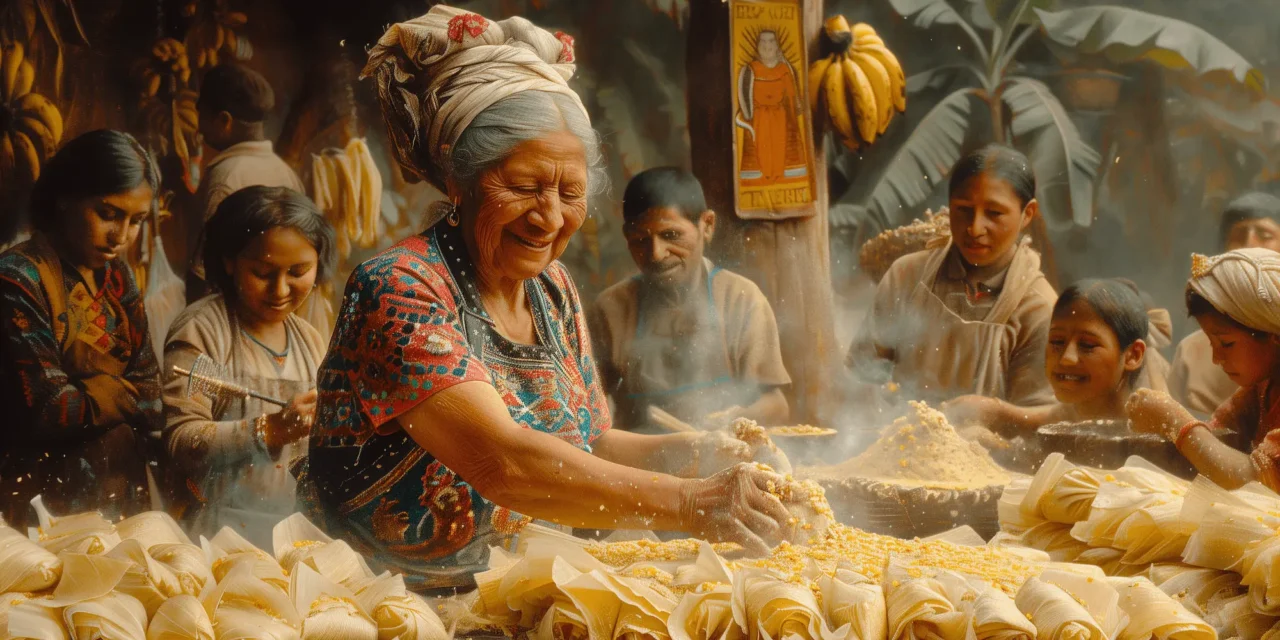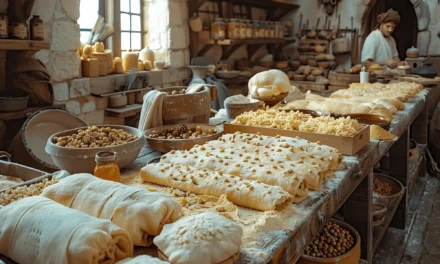Not Just for Tamales: Leaves in Latin American Cuisine
Tamale is one of the most traditional and delicious dishes in Latin America. The original term comes from a word in náhuatl, “tamalli.” While other cultures may have similar dishes, the tamal is unique in its flavor and ingredients.
Tamales are like delicious little presents, wrapped up in leaves guaranteed to tantalize your taste buds! Made with cornmeal or other local starches, this Latin American dish is cooked to perfection in the oven or with a little bit of steam. Whether you’re looking for a hearty meal to stick to your ribs or something more light and tender, there’s a tamale perfect for every occasion. And best of all, there are so many to choose from.
Tamales are typically made of cornmeal or masa, which is a dough made from nixtamalized corn. They can be filled with various types of meat, cheeses, vegetables, or even fruits and then steamed or boiled in a leaf wrapper.
It’s pretty common to use corn husks, Bijao leaves, plantain leaves, and palm tree leaves to prepare tamales and other similar recipes. These leaves aren’t just for tamales; you can also use them to wrap different recipes.
Different civilizations have been using leaves and other vegetal wrappers since ancient times. These types of wrappers were crucial for survival back then, mainly because they allowed food transportation over longer distances and prevented product deterioration. Nowadays, its use is more aesthetic than functional, but it still represents a major symbol for local recipes.
The Evolution of the Tamale
Historians reckon that tamales were first made sometime between 8,000 and 5,000 BC. That’s a long time ago! And it was the ancient Mesoamerican civilizations who are thought to have made them, not the Europeans who came later. But even after all those years, tamales still vary from town to town across Mexico and South America – some people use banana leaves instead of corn husks, for example.
Tamales indeed have ingredients and condiments from native people, but they also have Hispanic and African influences in the recipes. This varies depending on the region and the influence, of course. The rural communities still use them due to their cultural heritage and the importance it represents for the recipes.
For centuries, transporting goods across the Americas has been a major challenge for societies. To eat, preserve food, and transport supplies, they had to develop tools and techniques with the resources provided by nature.
“Tamal” was a term adopted by the Aztecs, and the references related to these recipes started after the first half of the XVI century. Therefore, while it is possible that the natives from other regions had similar recipes, it is not possible to find a reference to them. It’s important to remember that most native tribes preferred fresh food or food that could be cooked quickly. That’s the opposite of a tamale, which takes a long time to cook.
If we compare African customs for cooking, it is more common to find evidence of cooking recipes over a more extended period of time. This is not surprising when we consider that many enslaved Africans were brought to the Americas, where their tamale-making techniques (including sauces and stews) were incorporated into various recipes.
Europeans first came across bananas during their explorations of Africa. It was through Arab commercial routes and the migration of Polynesian groups that they first learned of this amazing fruit. The Spanish were responsible for its introduction into the Americas. This all happened when Friar Tomás de Berlanga brought the first banana plants from the Canary Islands to Santo Domingo in 1516.

The changes in the sociopolitical landscape of the new world forced the tamale to change as well, going from being a central food for the entire community to being relegated to the lower classes, who constantly demonstrated their ability to be innovative, using a variety of resources. Up to our time, this led to various preparations depending on the region. The configuration of the tamale as a popular food created elements of distinction between social classes.




